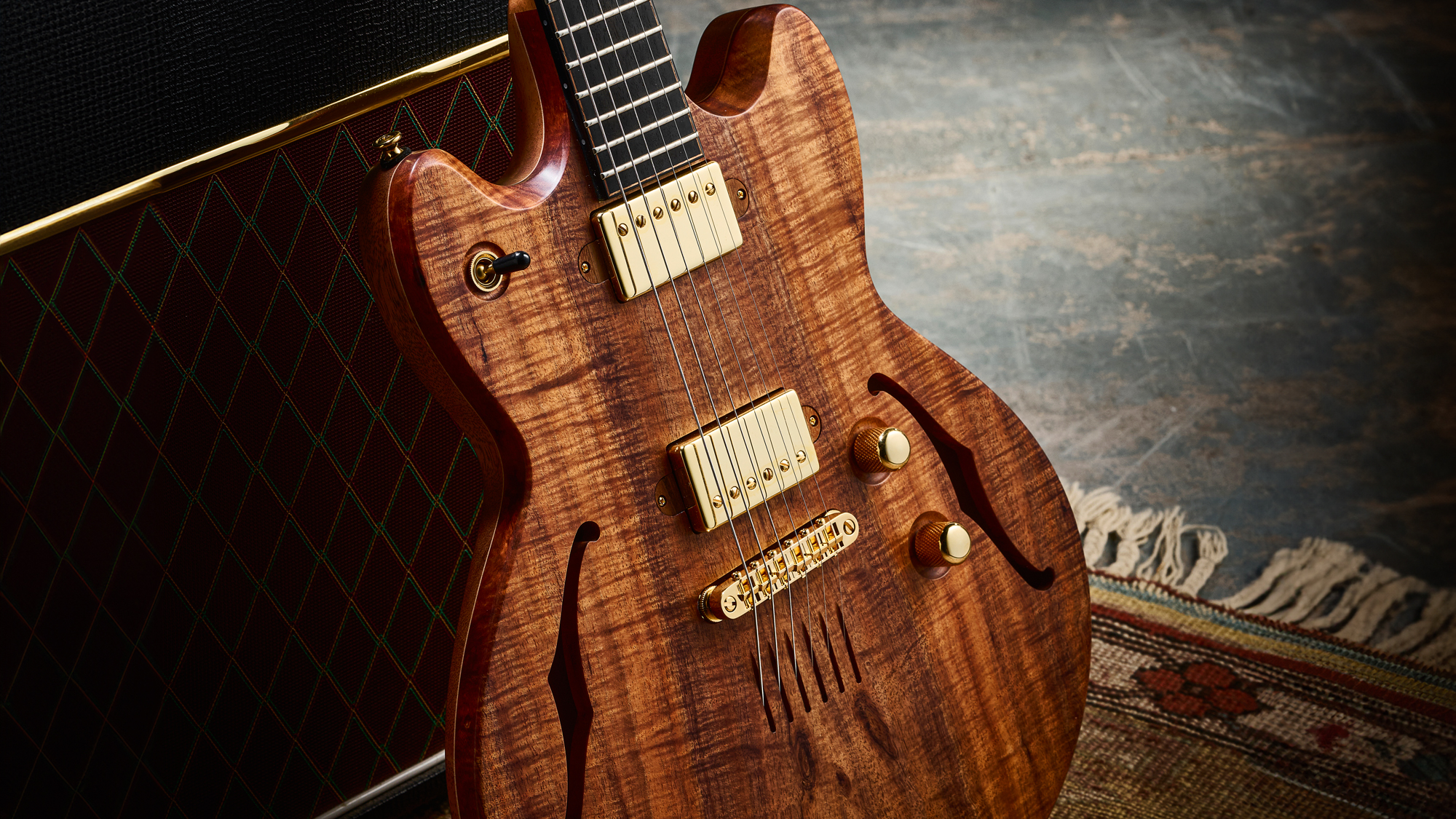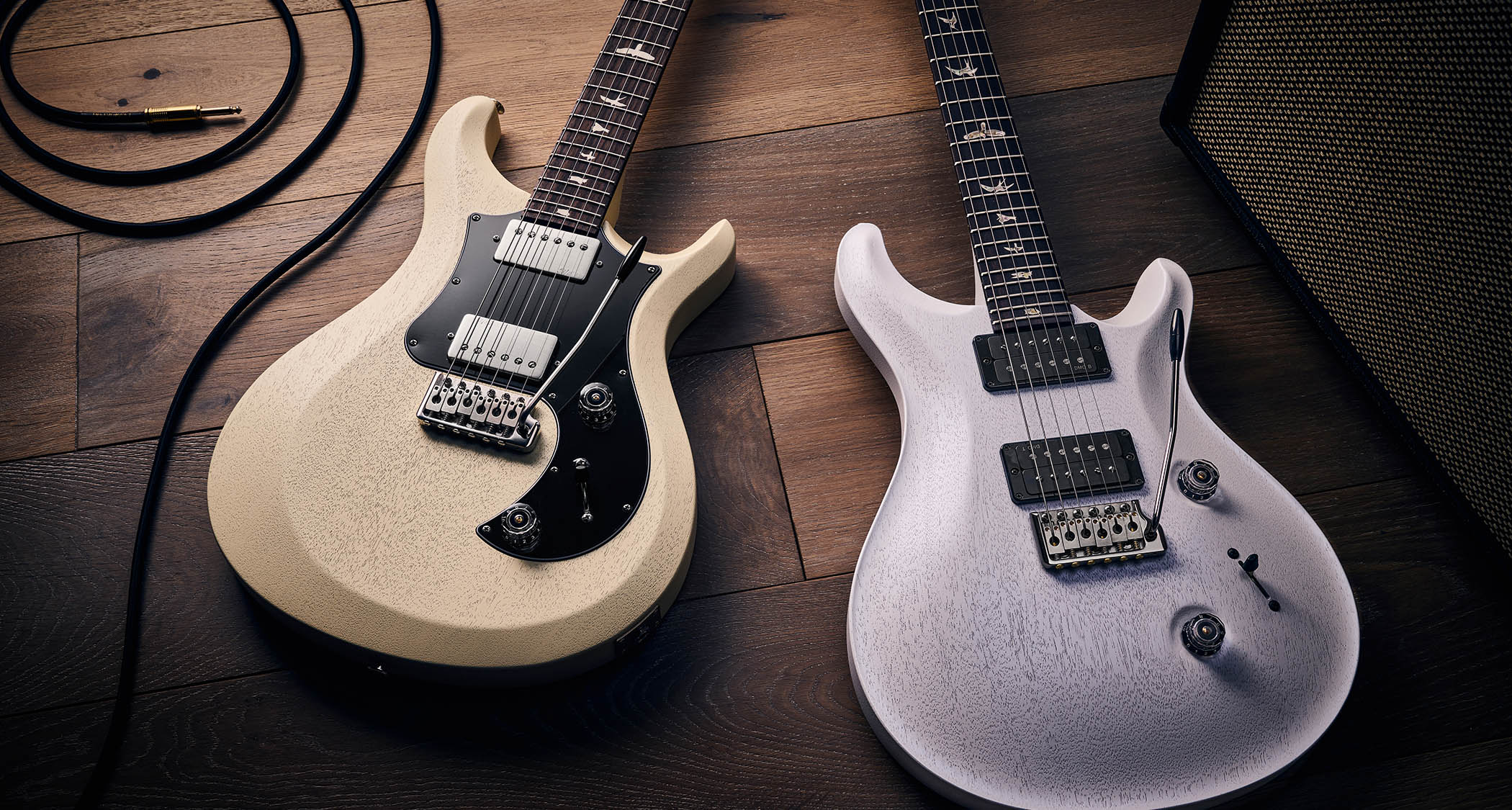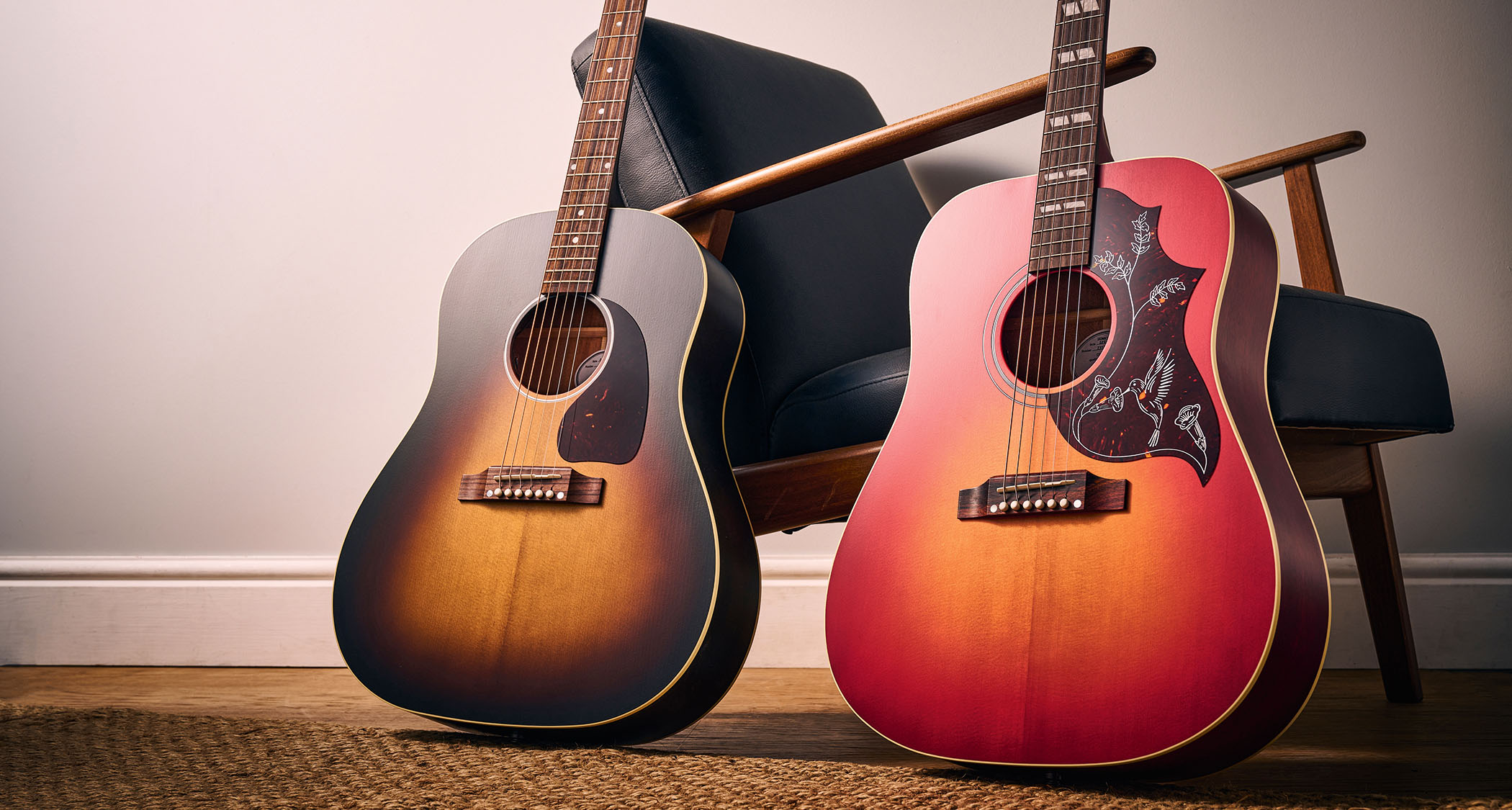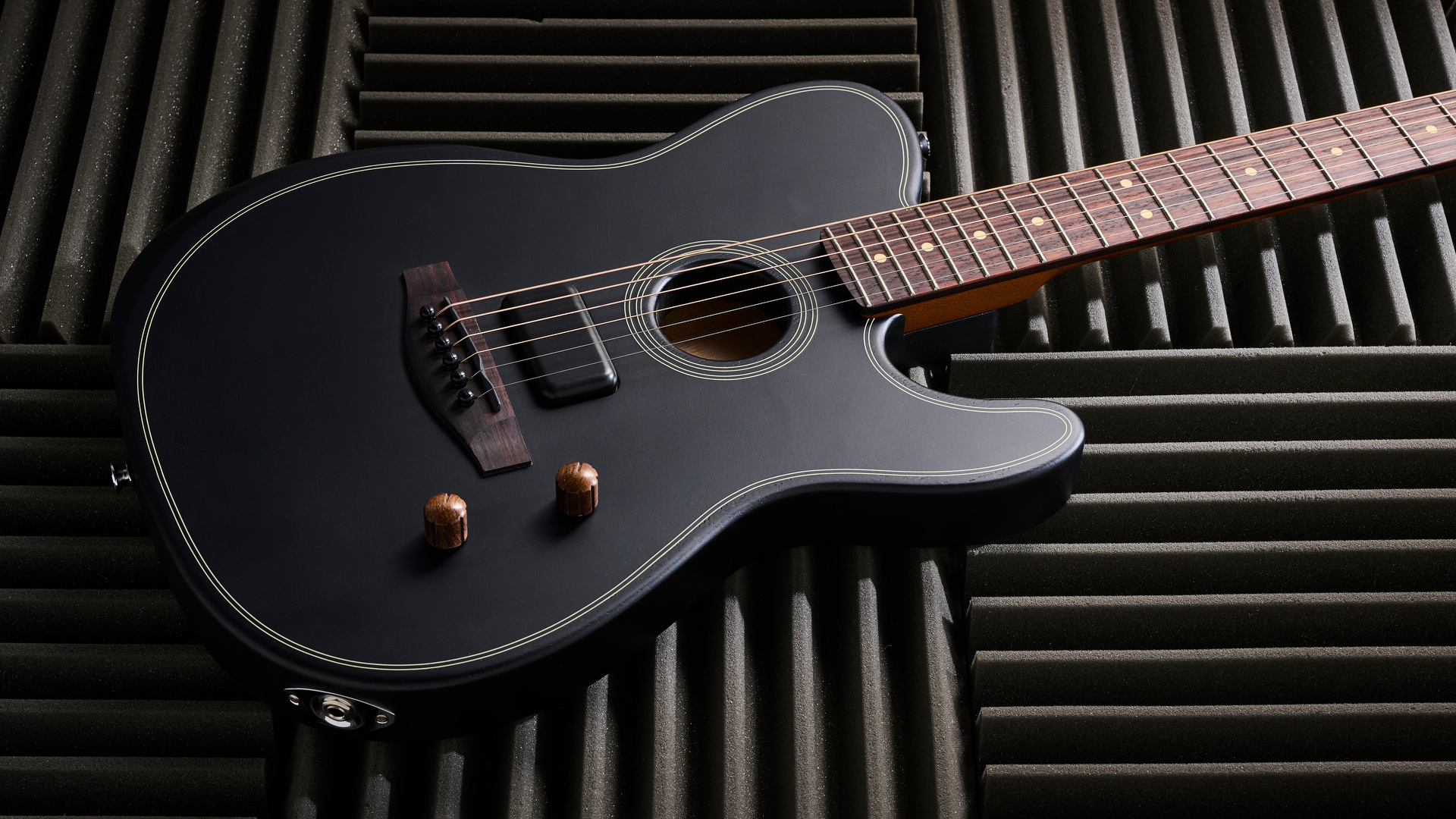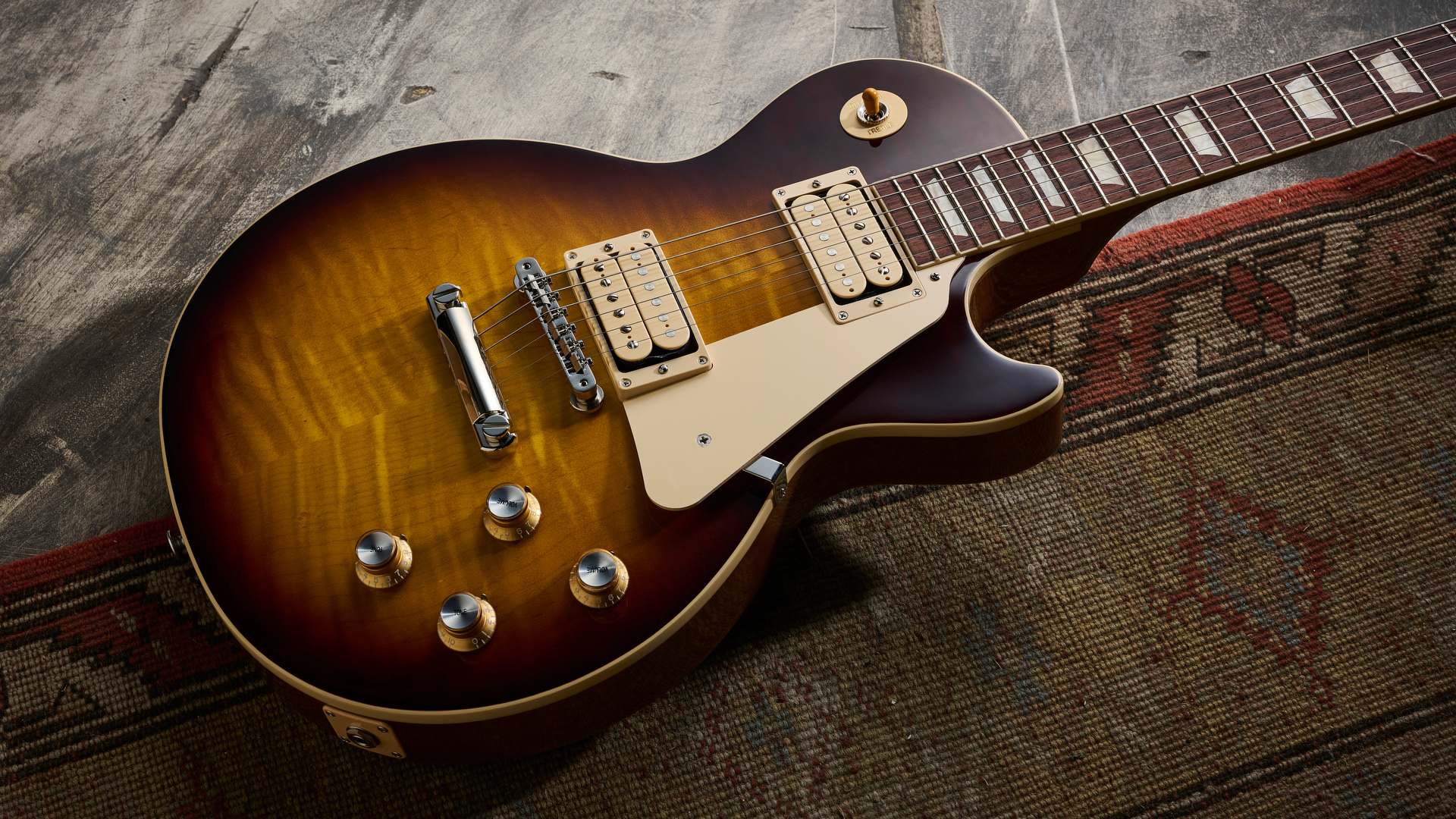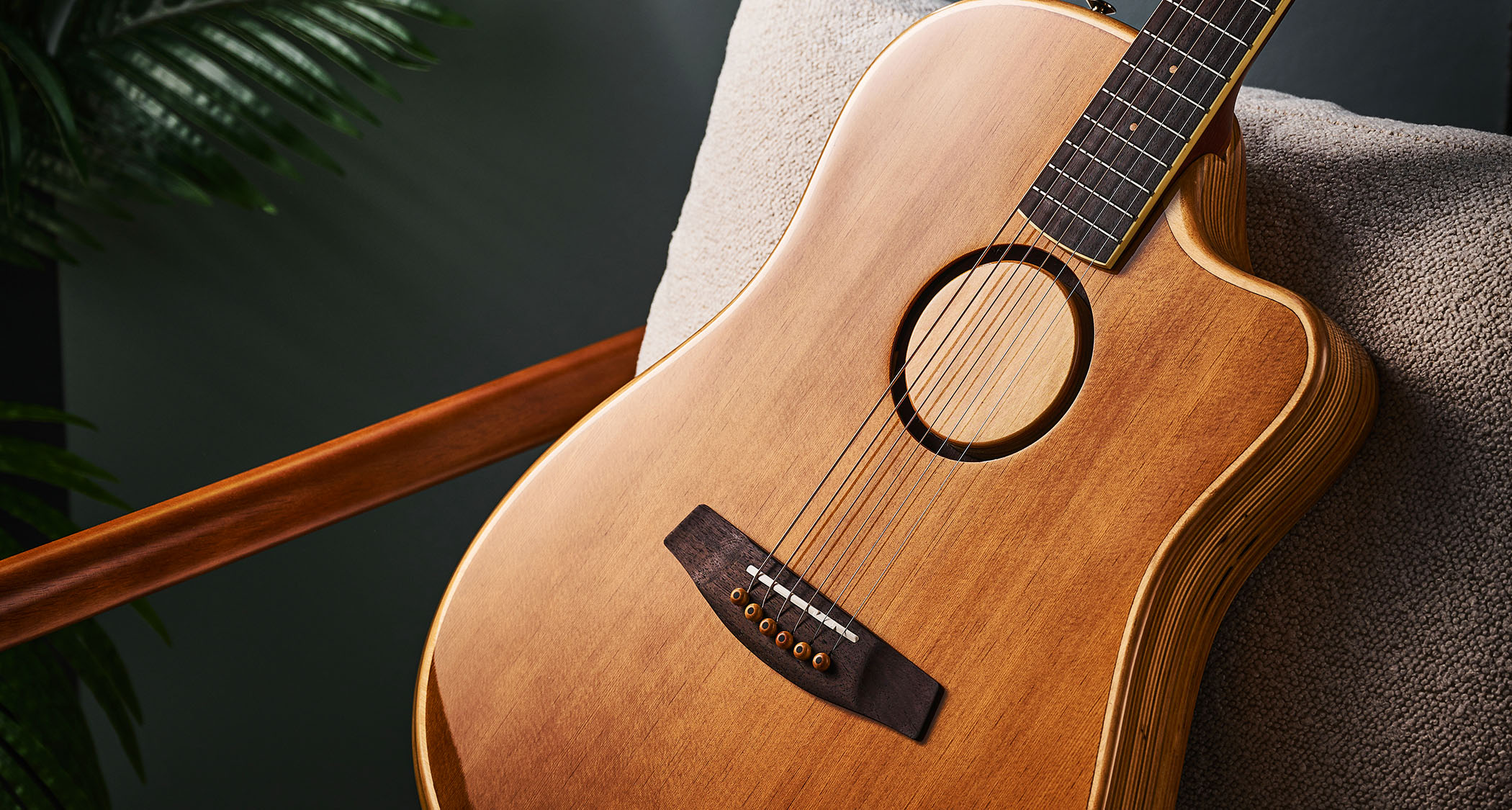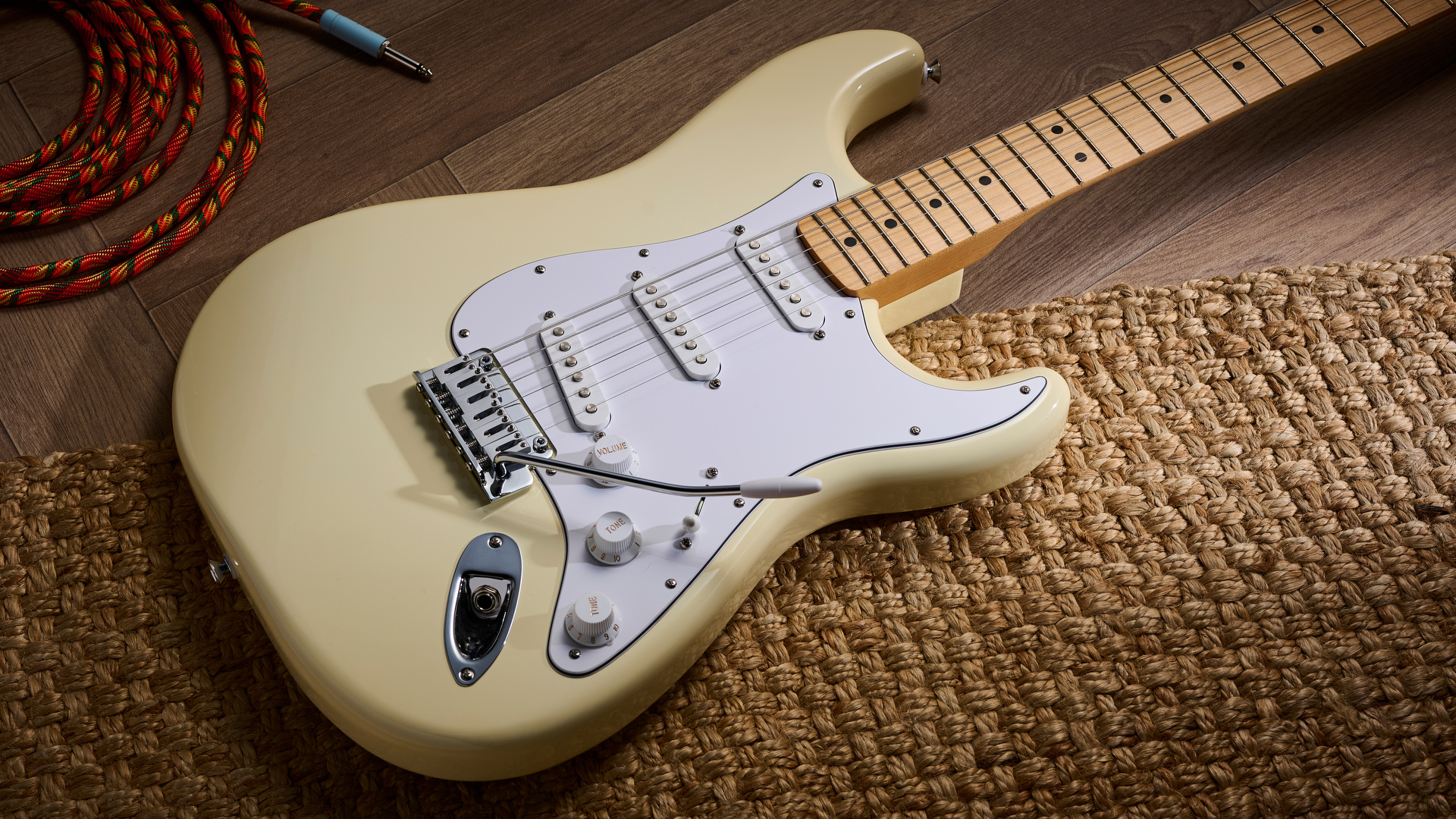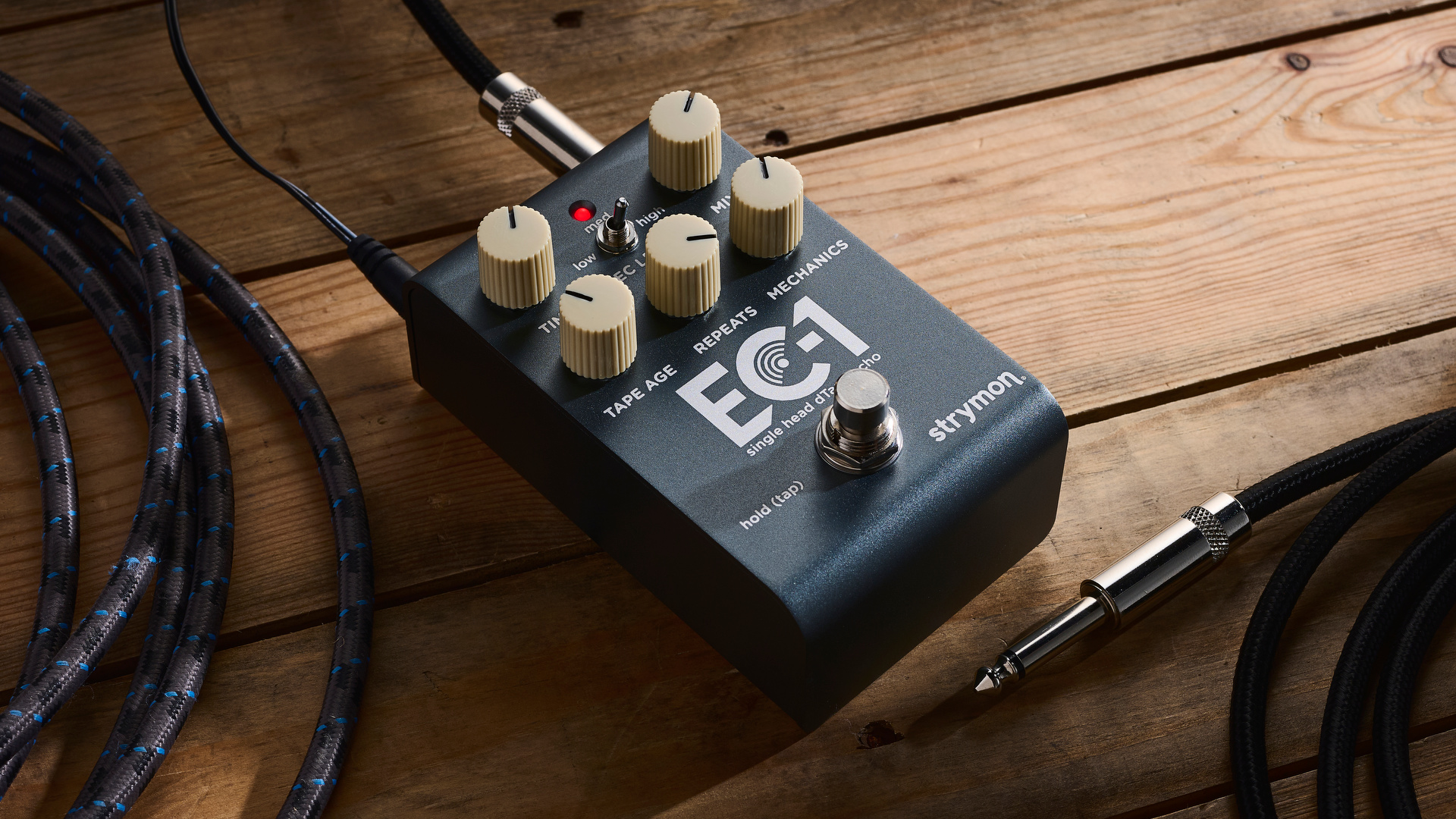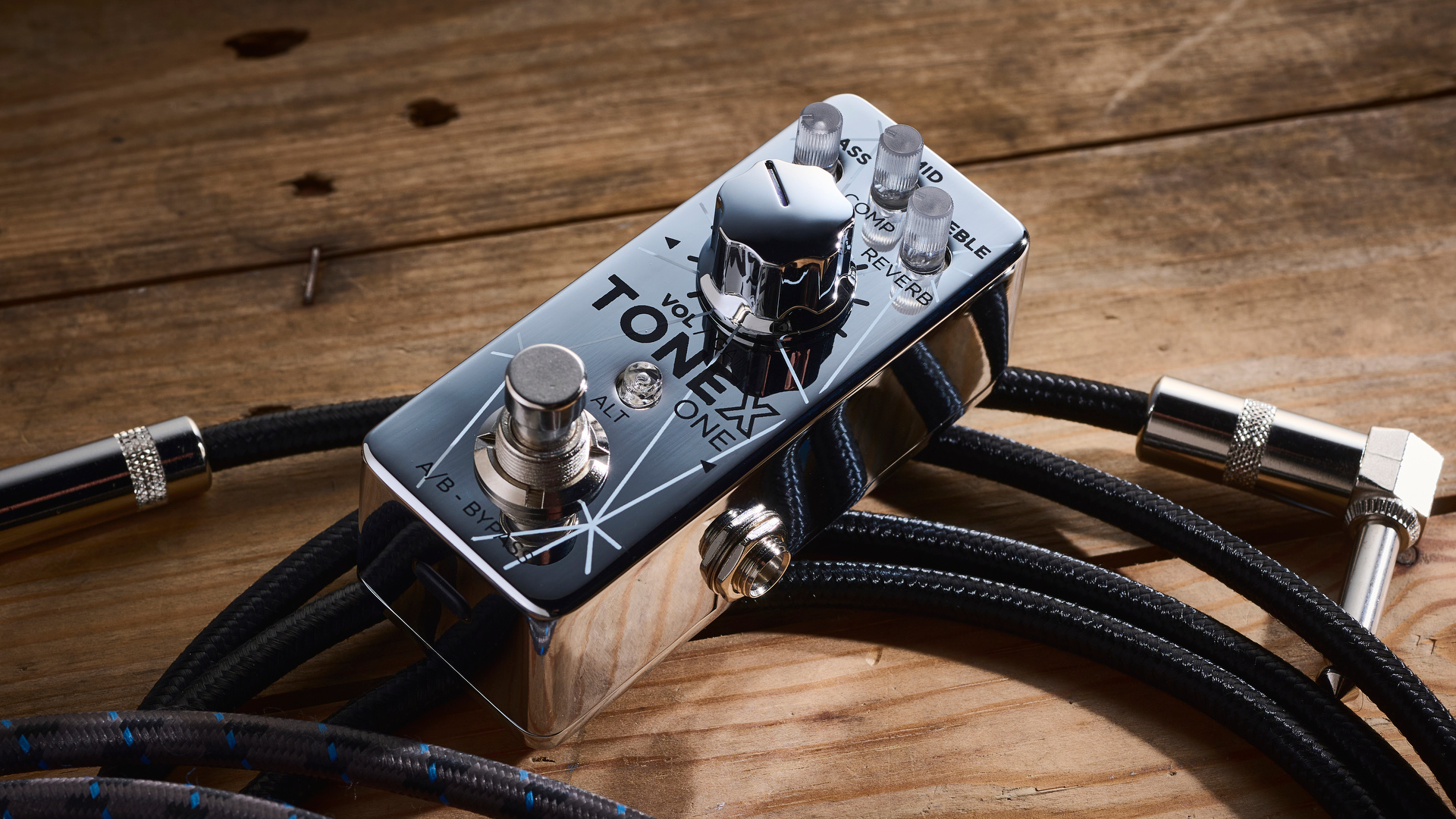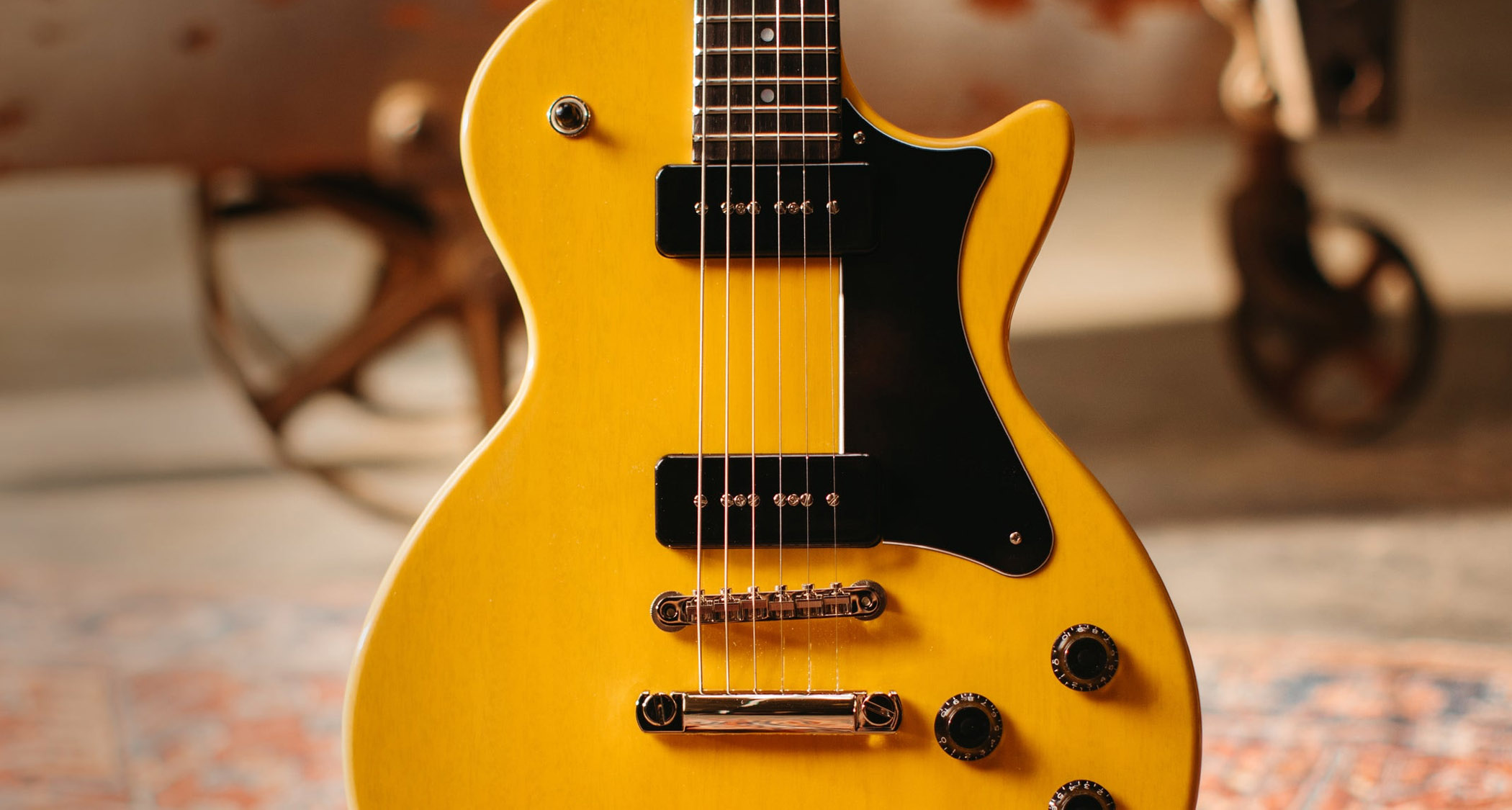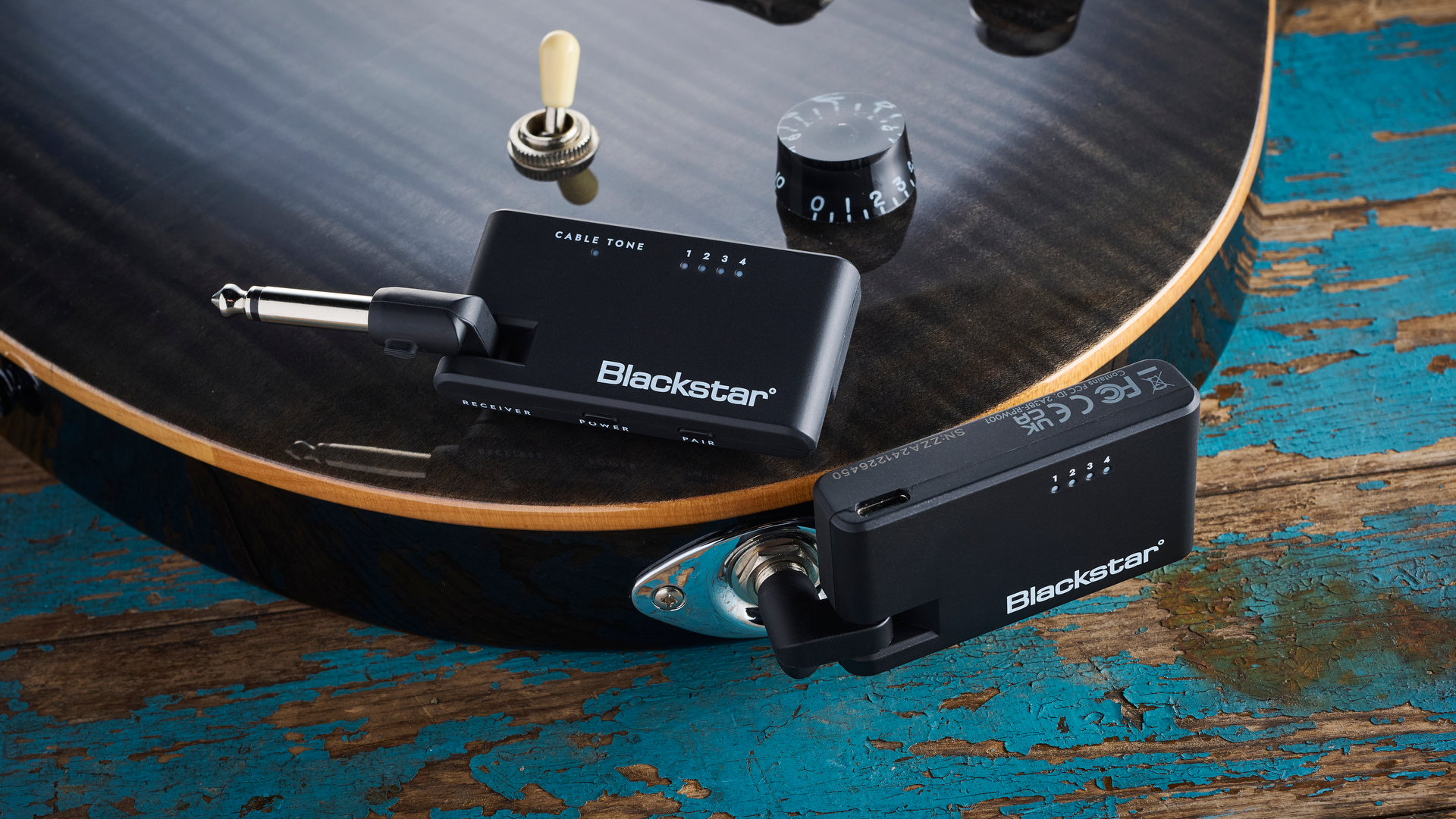Guitar World Verdict
Lowden may first and foremost be an acoustic guitar company, but these are special guitars that celebrate their ingredients and yet not at the expense of sound or playability.
Pros
- +
High-level detailed craft.
- +
Superb neck shape and feel.
- +
New larger frets.
- +
Super-smooth hand-rubbed satin finish.
- +
Beautiful voicing from the Lollar Imperial ’buckers.
Cons
- -
Its woody appeal might not be for everyone.
- -
Nor the price when AAAA-grade timbers are involved.
You can trust Guitar World
What is it?
Under the considerable shadow of the finely crafted acoustics that have been Lowden’s calling card for the past 50 years, a lone electric model – the single-cutaway GL-10, which launched some six years ago – could well have been a minor footnote.
Instead, there was a variant, the GL-10c, which added chambering and, with it, weight reduction. And here we have the third Lowden electric guitar, the double-cut GL-J.
Lifting the GL-J from its classy GWW guitar case, we can’t help but smile. The new design adheres to the timeless, individual craft style that we’re more than familiar with from Lowden, the natural colours and textures of the woods given centre stage; there’s no glitzy, gaudy colour stains or opulent inlays here. But this is far from rustic craft. Fine detailing abounds, while the finish (originally oil) is now the hand-burnished super-smooth satin that’s used on the acoustic instruments.
The symmetrical double-cut outline, with its pair of f-holes, obviously nods to the style of the ES-335 by design, but it’s considerably downsized here. It measures 356mm (14 inches) across the lower bouts, slightly wider than the 348mm (13.7-inch) single-cut GL-10 we previously evaluated.
Construction is pretty similar with a one-piece mahogany back, approximately 22mm thick, topped with a AAAA-grade Tasmanian blackwood, centre-joined top (walnut, koa and ebony are also offered); a decorative veneer is sandwiched in between that’s spec’d as pau ferro but looks more like maple.
It seems the central section is solid, but the ‘wings’ are hollowed and the top is relieved in depth, or “scalloped” as Lowden calls it. Overall depth is pretty much 42mm.

There’s a light doming from the bass to treble side, and the top slopes down more noticeably past the bridge, reducing the rim depth at the base of the guitar to approximately 32mm.
We could sum this up with two words: ‘exceptional’ and ‘extraordinary’
The three-way toggle pickup selector still sits on the bass-side upper bout and yet the individual pickup volumes and master tone of the GL-10 are slimmed to just an overall master volume with the same master tone.
Typical of the super-detailed build, the three controls all sit in perfectly machined recesses in the top, while the 4mm-thick walnut rear covers are perfectly inlaid into the back wood like pieces of elegant marquetry.
The GL series instruments all feature the same neck that’s based on Lowden’s 630mm (24.8-inch) scale length. Three pieces of finely grained mahogany form the bulk, with a pair of rosewood stringers, and the headstock is capped front and back with ebony, also used for the fingerboard, which is ebony-bound with a thin, lighter wood coach line.
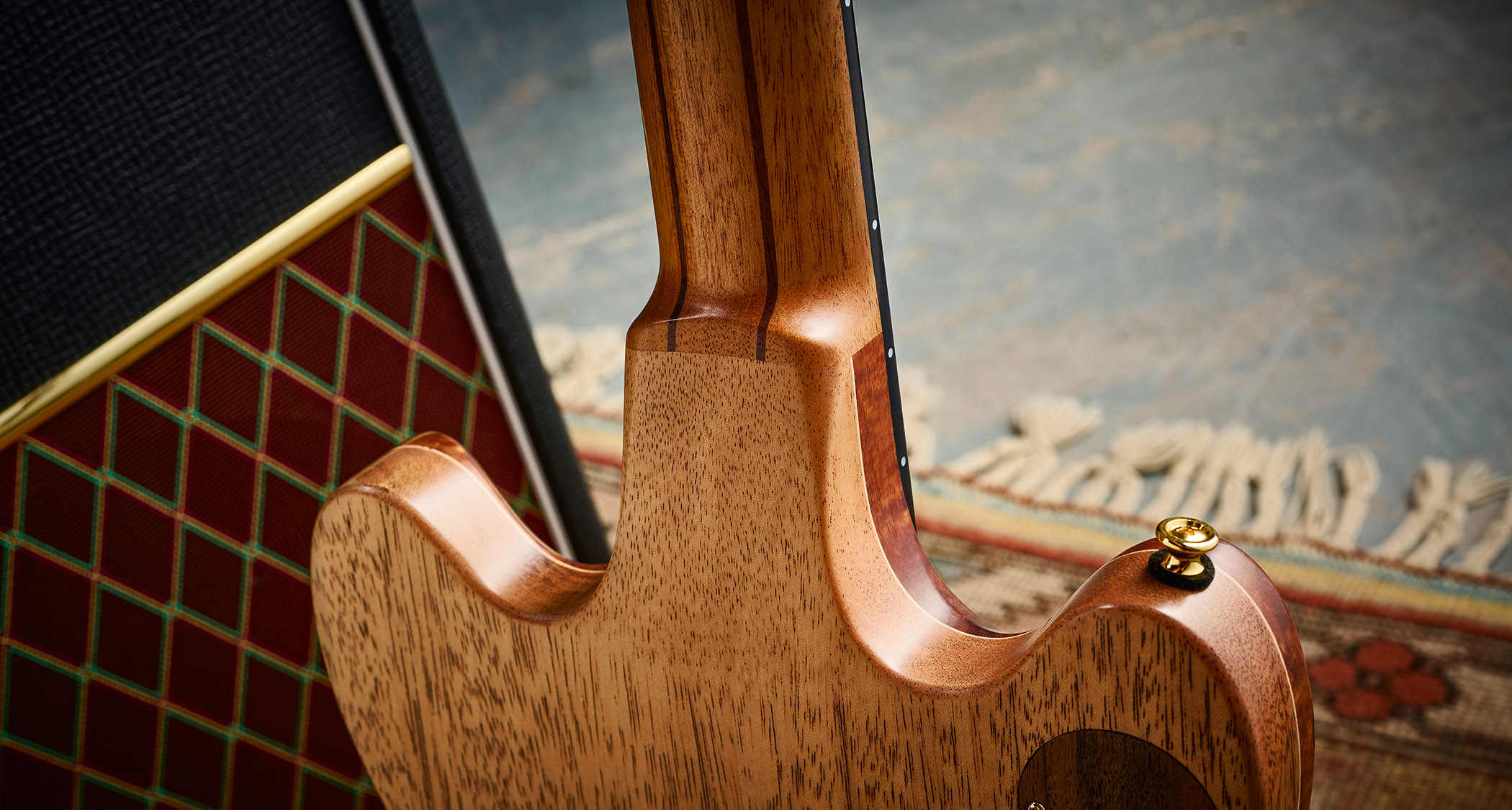
It’s seamlessly glued into a long sloping and square-sided body extension, and at around the 16th fret the neck itself has a small heel; we presume this gives the neck a similar stiffness to the single-cut GL-10, despite the double cutaway. Of course, a natural finish such as this leaves nowhere to hide – and the joinery is exceptionally crisp.
As with the GL-10, the Gotoh tune-o-matic bridge is recessed into the top, while the strings pass through finely machined slots and then small brass tubes before anchoring at the back into an inset brass sustain plate.
You’ll notice two small ‘ears’ either side of the humbuckers. These are not for height adjustment; they simply cover the tips of the pickup legs, which screw directly to the body with what feels like hard foam to allow height adjustment.
Playability and sounds
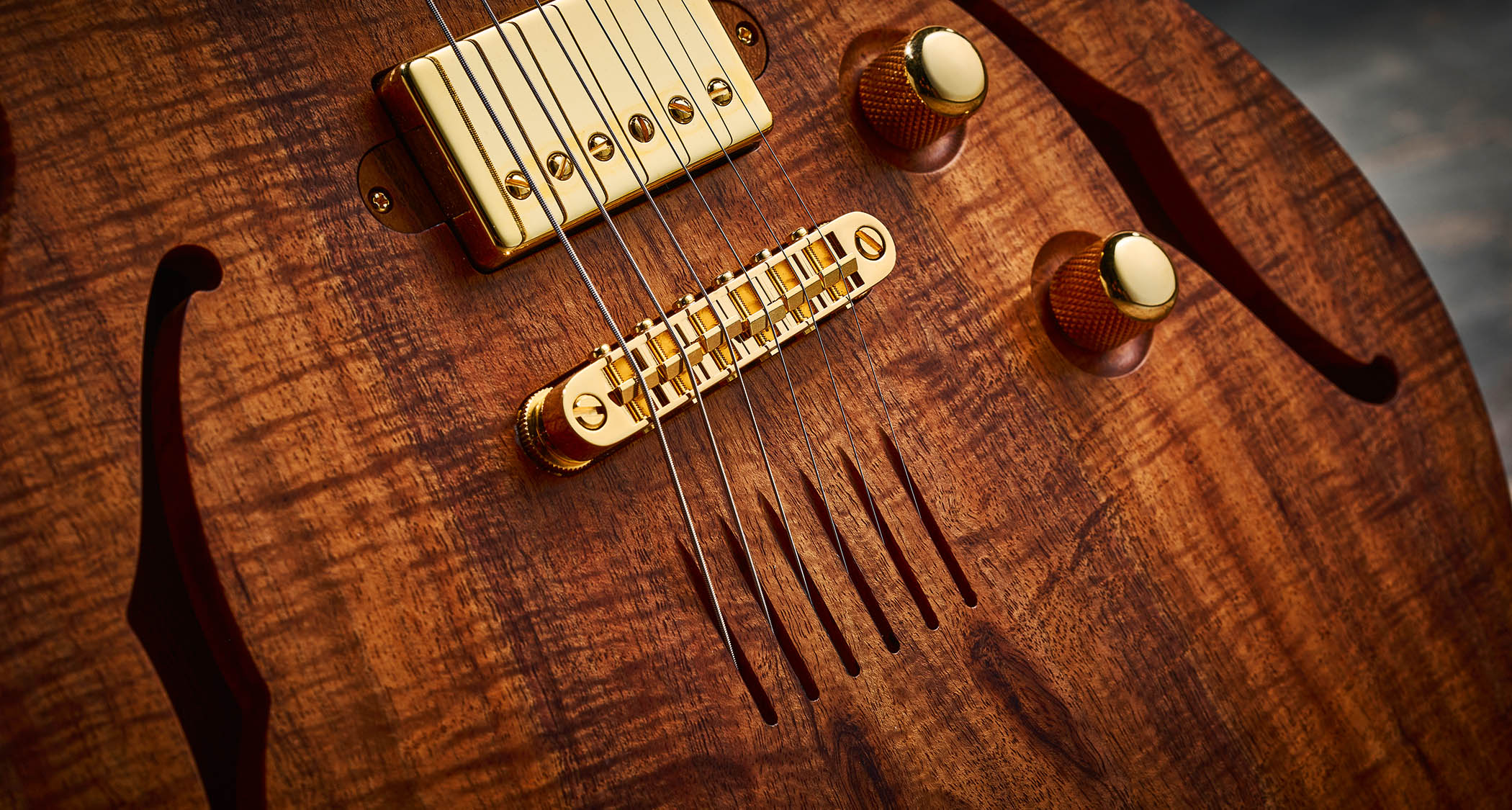
We could sum this up with two words: ‘exceptional’ and ‘extraordinary’. Firstly, the weight is excellent at 3.45kg (7.59lb), and it’s way more compact than a big ol’ ES-335 – it feels it, too, seated or on a strap.
That heel platform is relatively bulky, less so than a Les Paul, of course. It takes a little adjustment, but when your thumb snuggles into the small heel, access to the top frets feels perfectly good – great for slide players, too. Although there’s so much to suggest this guitar isn’t about high-position pyrotechnics.
With a nut width of 43.5mm (and string spread of 36mm), it feels far from cramped. Thanks to a slope-shouldered C profile, the beautifully smooth-backed neck doesn’t feel anywhere as big as its depth dimensions (22.3mm at the 1st fret, 23.7mm by the 12th) might suggest.
The larger fret gauge suits the style: it’s 2.6mm wide with a good but not excessive height of approximately 1.2mm. Oh, and if you can’t get on without face position markers, you can order any GL electric with mother-of-pearl dots.
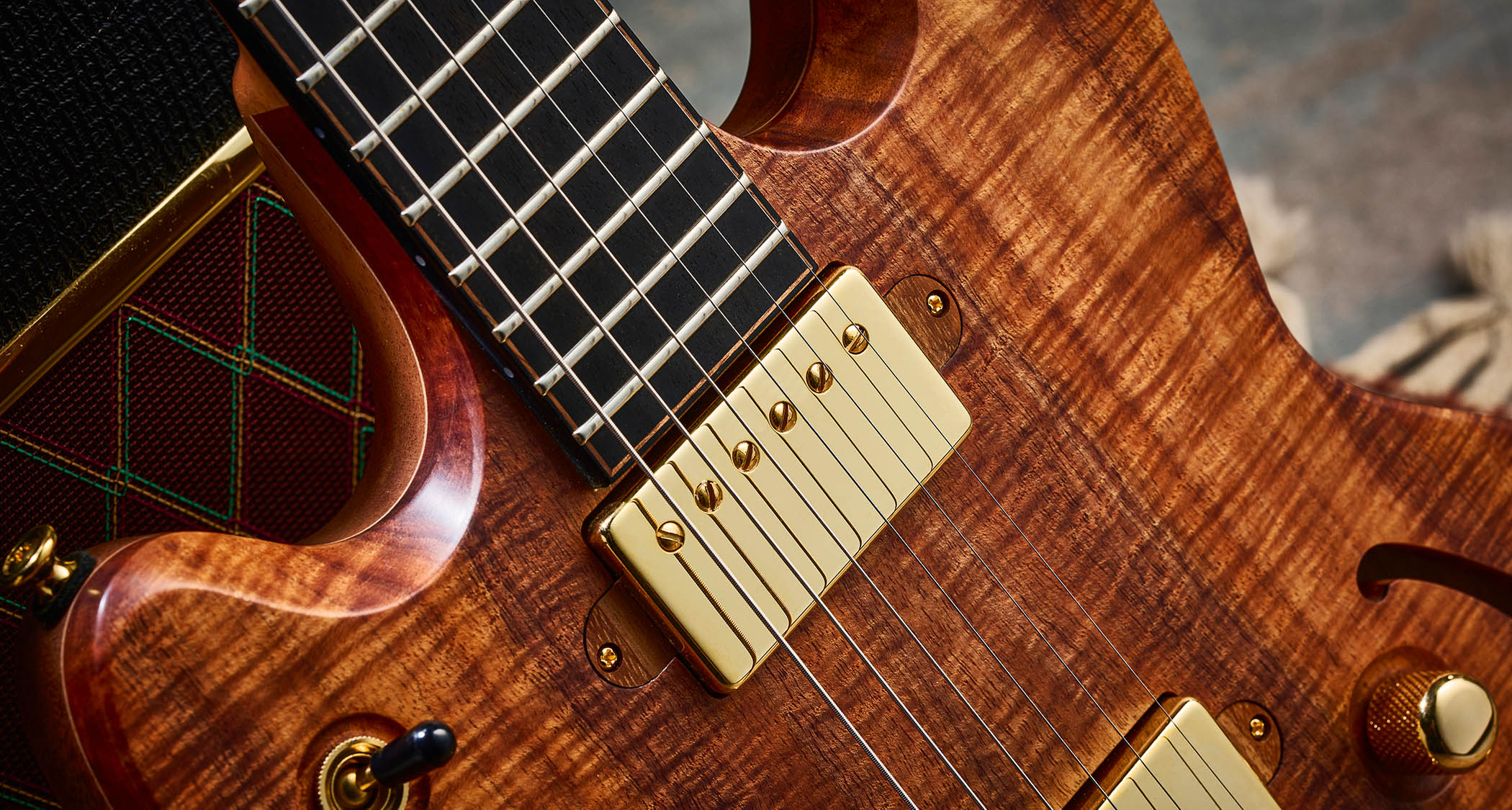
The GL-J is far from the construction of an acoustic guitar, but it rings like a bell and you really notice – and certainly feel – a vibrant sustain, almost like you have an acoustic compressor in there.
There’s an almost chocolatey darkness to the voicing with the neck pickup selected
Plugged in, the word ‘regal’ springs to mind when describing what we hear. There’s an almost chocolatey darkness to the voicing with the neck pickup selected; it’s smooth but not unclear.
There’s obviously more bite at the bridge, with a ‘lower-wound late-50s Gibson pickup style’ of sound, making the both-on position nicely textured, classically bouncy and percussive.
Three quite distinct voices, then, as it should be. There’s nothing hot or overwound about what we hear, but likewise no thinness or sharpness – it’s a balanced, mature voice with surprising depth.
Verdict
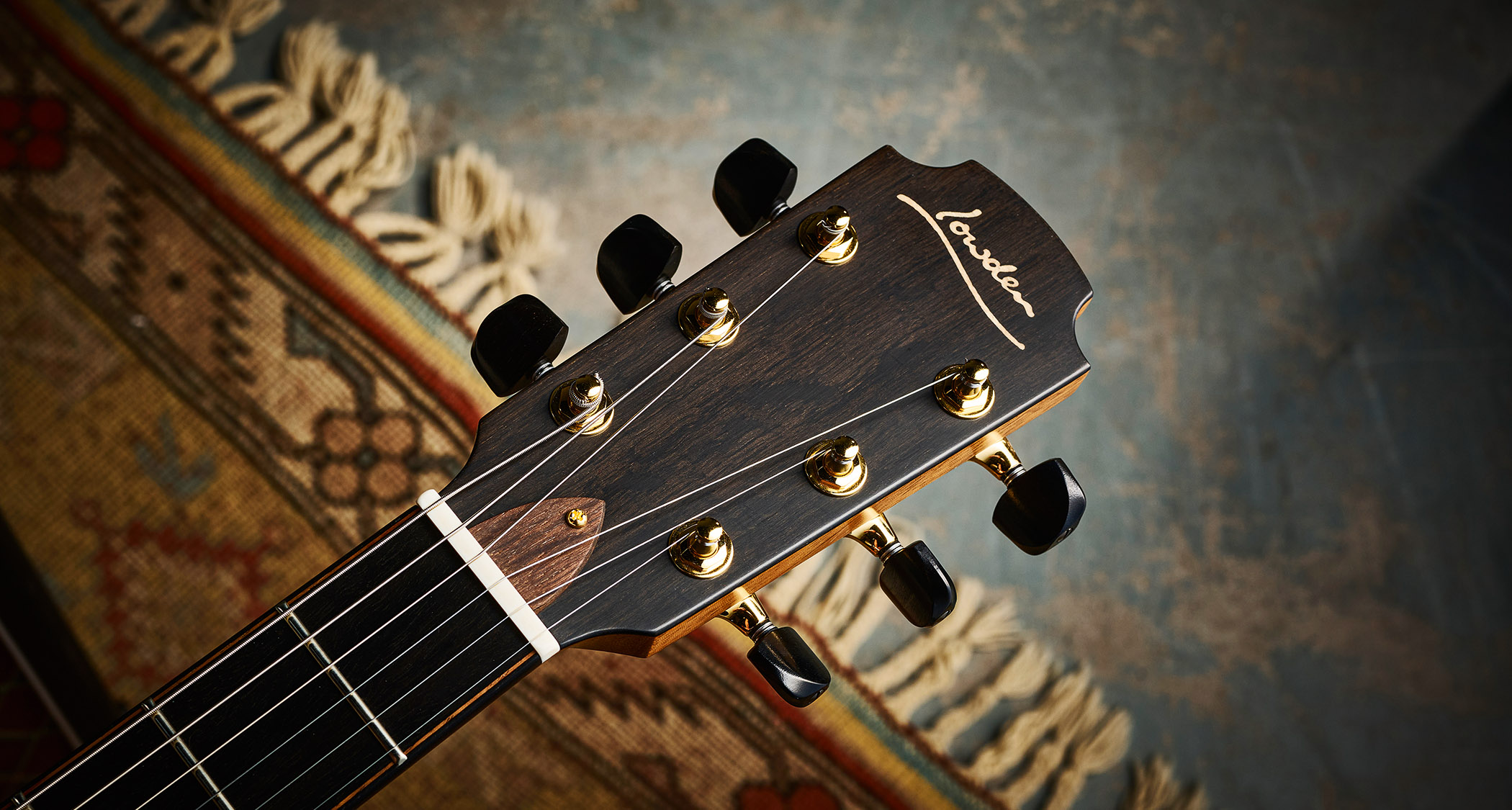
The GL-J may be loosely inspired by the ES-335, but that’s where any similarity ends. It’s all-solid wood for starters, and while it retains a solid centre section, the internal chambering – top and back – not only keeps the weight in check but no doubt adds to what we hear. Which is exceptional.
Of course, the craft level is supremely high, and this is an almost timeless design from the hands and ears of one of the greats
There’s a wonderful depth and inherent sustain that’s perfectly captured by the detailed Lollar Imperials, just like great microphones picking up a beautiful, rich and musical voice.
From defined jazz cleans on the neck pickup to a classic Patent Applied For-like clarity and bite at the bridge, it’s a superb journeyman guitar that almost plays itself, not least with the slightly bigger frets used here.
Of course, the craft level is supremely high, and this is an almost timeless design from the hands and ears of one of the greats.
Guitar World verdict: Lowden may first and foremost be an acoustic guitar company, but these are special guitars that celebrate their ingredients and yet not at the expense of sound or playability.
Specs

PRICE: From £3,950 (approx. $4,899) inc case
ORIGIN: Northern Ireland
TYPE: Double-cutaway solidbody electric
BODY: 1-piece mahogany with scalloped AAAA Tasmanian blackwood centre-joined top
NECK: 5-piece mahogany w/ rosewood splices, ‘C’ profile, glued-in
SCALE LENGTH: 630mm (24.8”)
NUT/WIDTH: Bone/43.2mm
FINGERBOARD: Bound ebony, 305mm (12”) radius
FRETS: 22, medium
HARDWARE: Gotoh GE103B-T bridge w/ through body stringing, Gotoh 510 tuners w/ ebony buttons – gold-plated
STRING SPACING, BRIDGE: 51.5mm
ELECTRICS: 2x Lollar Imperial humbuckers, 3-way toggle pickup selector switch, master volume and master tone control
WEIGHT (kg/lb): 3.45/7.59
OPTIONS: With walnut top (£3,950), Tasmanian blackwood (as reviewed, £4,200), koa (£4,450) and ebony (£5,035). Figured maple neck adds £300. Mother-of-pearl fretboard dot markers, shallow neck carve, medium or modern jumbo frets, hardware plating (chrome, cosmo black) and Lollar P-90s (all n/c)
RANGE OPTIONS: The GL-10 (from £3,650) is the original Lowden electric, also available as the GL-10c with internal micro-chambers to reduce weight
LEFT-HANDERS: No extra, to order
FINISHES: Natural – hand-finished acrylic satin lacquer
CONTACT: Lowden Guitars

Dave Burrluck is one of the world’s most experienced guitar journalists, who started writing back in the '80s for International Musician and Recording World, co-founded The Guitar Magazine and has been the Gear Reviews Editor of Guitarist magazine for the past two decades. Along the way, Dave has been the sole author of The PRS Guitar Book and The Player's Guide to Guitar Maintenance as well as contributing to numerous other books on the electric guitar. Dave is an active gigging and recording musician and still finds time to make, repair and mod guitars, not least for Guitarist’s The Mod Squad.
You must confirm your public display name before commenting
Please logout and then login again, you will then be prompted to enter your display name.
“I was in a frenzy about it being trapped and burnt up. I knew I'd never be able to replace it”: After being pulled from the wreckage of a car crash, John Sykes ran back to his burning vehicle to save his beloved '76 Les Paul
“It holds its own purely as a playable guitar. It’s really cool for the traveling musician – you can bring it on a flight and it fits beneath the seat”: Why Steve Stevens put his name to a foldable guitar
“A virtuoso beyond virtuosos”: Matteo Mancuso has become one of the hottest guitar talents on the planet – now he’s finally announced his first headline US tour
